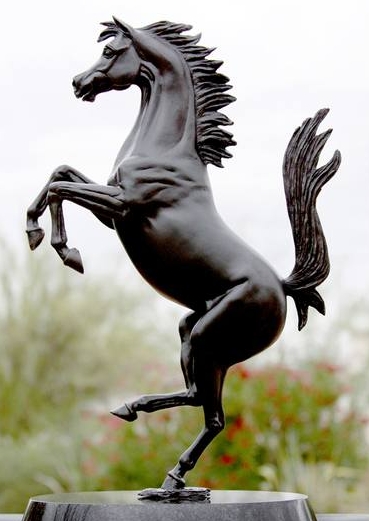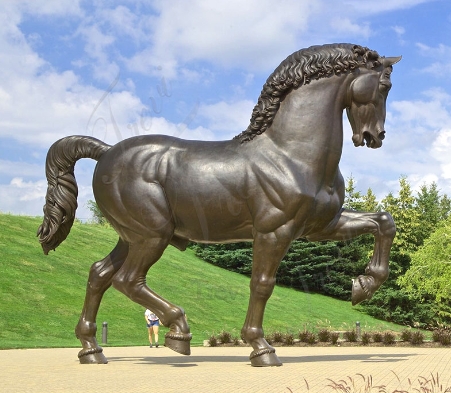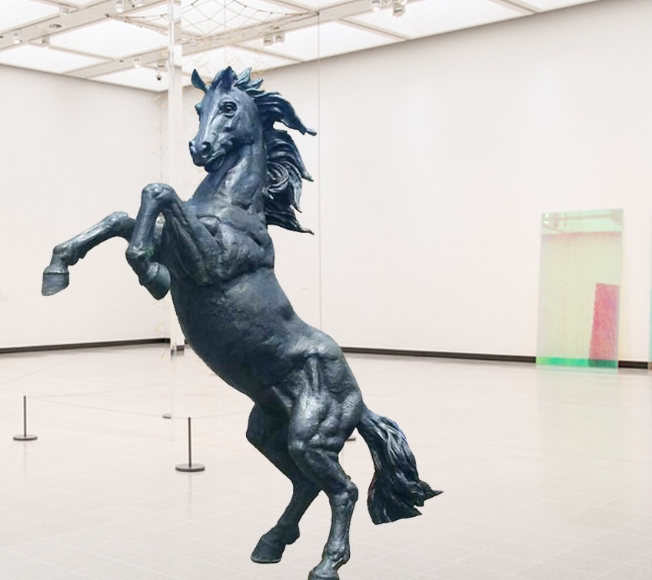In the vast world of art, bronze horse sculptures have always been a symbol of strength and beauty. Artists around the world have created many amazing works through their creativity and skills. When discussing famous bronze horse sculpture artists, we have to mention some of the masters in history whose works are still praised and studied today.
First of all, we have to mention the artists of ancient Greece, whose pioneering work in the field of sculpture defined many basic principles of Western art. Ancient Greek sculptors had a deep insight into the form of horses, and the bronze horse sculptures they created were full of dynamics and vitality, showing the heroic posture of horses in battle and competition.
Entering the modern era, artists began to experiment with more abstract and symbolic designs while maintaining the tradition of using traditional materials. In the United States, some sculptors such as Frederic Remington are famous for their realistic reproduction of western cowboys and their mounts. Remington’s works not only capture the spirit of the American West, but also show the unique charm and complexity of bronze sculptures.
In Europe, Italian artists Giacomo Manzù and Marino Marini are also known for their horse sculptures. Marini’s work often depicts the relationship between rider and horse, while Manzù is known for his simplified forms and flowing lines.
When it comes to the large pegasus statue, we have to mention the reinterpretation of this mythical creature by modern sculptors when creating it. Pegasus, a creature from Greek mythology, is not just a horse, but a symbol of hope and inspiration. Such sculptures are often very popular in public art installations because they provide a symbol of strength and inspiration.
Whether in historical retrospectives or modern art exhibitions, the works of these famous bronze horse sculpture artists are an important medium for artistic and cultural communication. Through bronze sculptures, artists not only show the beauty and strength of horses, but also convey the depth of human emotions and history. These sculptures are not only a display of art, but also a part of human cultural heritage.



